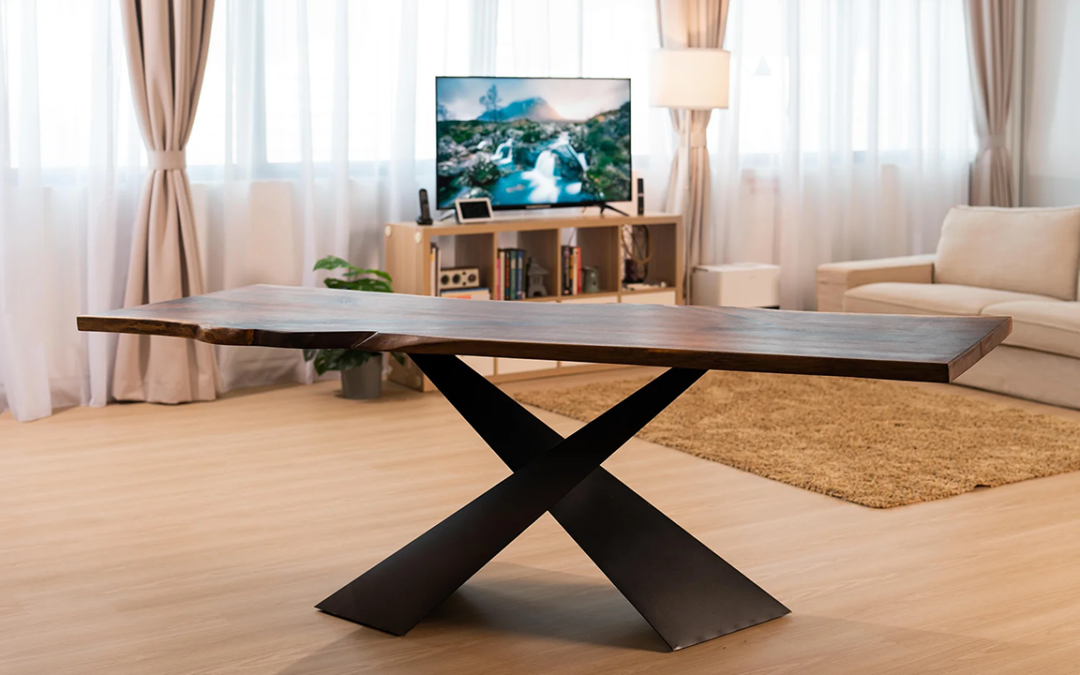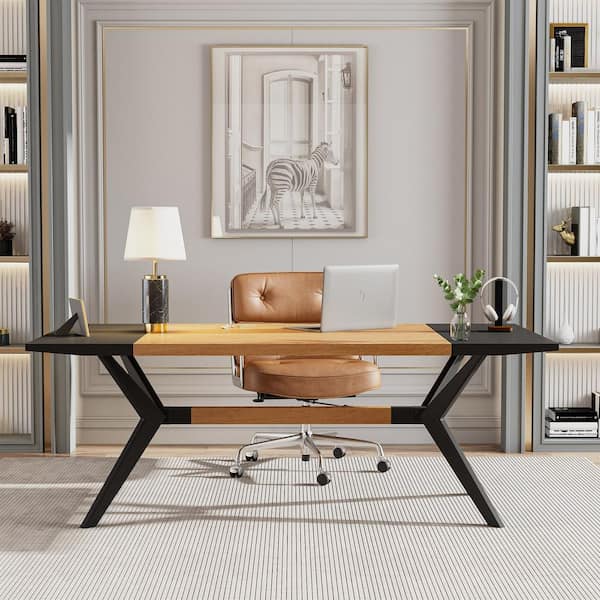Dining Room Table Legs That Incorporate Capability and Modern Layout
Dining Room Table Legs That Incorporate Capability and Modern Layout
Blog Article
Selecting the Perfect Table: What Styles Work Best for Your Home?
Choosing the perfect dining table for your home can be a nuanced process that stabilizes appearances and functionality. Whether your room leans in the direction of standard beauty, modern-day minimalism, rustic charm, or commercial trendy, the variety of designs readily available can cater to diverse tastes. Each style supplies special advantages and obstacles that can either enhance or interrupt your dining location's consistency. Recognizing exactly how different products, shapes, and sizes interact with your existing style is crucial. To browse these options successfully and discover a table that genuinely matches your home, think about the adhering to aspects carefully.
Assessing Your Room
Assessing the measurements and layout of your dining location is a critical very first step in choosing the excellent dining table. Begin by measuring the length and width of the room, accounting for doorways, windows, and other architectural features that might affect table positioning. This ensures that your table not just fits yet likewise permits comfy activity around it.
Think about the variety of individuals you commonly amuse. A table needs to fit your family's everyday requirements while supplying adequate adaptability for occasional guests. As a rule of thumb, assign at the very least 24 inches of table width per individual to guarantee a comfy dining experience.
It's also important to keep proper clearance around the table. Preferably, there must be at the very least 36 inches between the table side and wall surfaces or other furniture, making it possible for easy accessibility and motion. For areas where chairs with arms or additional storage units like buffets are entailed, increasing this clearance to 48 inches is advisable.
Lights and atmosphere play substantial functions as well. Guarantee that your table straightens with existing lights components or prepare for adequate lighting remedies. This extensive spatial analysis guarantees that your eating table not just fits physically however additionally harmonizes with your space's overall capability and aesthetic.
Popular Table Styles

Typical table usually feature elaborate details, rounded legs, and abundant timber coatings, evoking a sense of ageless beauty. They are best for homes with timeless decoration or those wanting to add a touch of refinement to their eating area.
Modern eating tables focus on simpleness and tidy lines, typically incorporating materials like glass and steel. These tables are perfect for contemporary spaces, offering a smooth and uncluttered appearance that matches minimalist design philosophies.
Rustic table, on the other hand, highlight all-natural products and a handcrafted look - dining room table legs. They typically feature reclaimed wood and a troubled surface, developing a cozy and inviting atmosphere. These tables work well in farmhouse-style homes or those seeking a comfy, natural feeling
Industrial eating tables incorporate raw materials such as steel and timber, frequently showcasing an utilitarian aesthetic. This design is well-suited for lofts or metropolitan spaces, adding a touch of sturdy beauty and sturdiness to the eating experience.
Each design provides distinctive benefits, making it important to choose one that aligns with your home's overall design and your personal preferences.
Product Options
When selecting a table, the selection of material plays an important duty in establishing special info both the table's aesthetics and functionality. Timber, steel, glass, and composite materials each offer one-of-a-kind benefits and obstacles, making it important to straighten the material with your home's decoration and way of life needs.
Timber is a classic and versatile choice, readily available in varieties such as oak, walnut, and mahogany. Known for its sturdiness and warmth, timber enhances both typical and modern interiors. However, it requires normal upkeep to protect against scrapes and warping.
Steel tables, commonly crafted from stainless-steel, aluminum, or functioned iron, are applauded for their modern-day charm and effectiveness. They are specifically suited for industrial or minimal settings but can be susceptible to damages and may feel cool to the touch.
Glass eating tables bring an air of beauty and visibility, perfect for smaller sized areas as they develop an impression of more room. While simple to tidy, glass can be susceptible to smudges and calls for mindful taking care of to avoid chips and fractures.
Composite products, such as MDF and plywood, offer cost-effective check this and adjustable services, though they may do not have the long life of all-natural products. Choosing the ideal material ensures your dining table is both a useful property and an aesthetic pleasure.
Shape and Size Considerations
After determining the ideal product for your table, the following consideration is choosing the best sizes and shape to match your room. The shape of the table significantly affects the room's aesthetic and functionality. Rectangular tables, the most usual shape, are perfect for larger spaces and can suit a greater variety of visitors. They likewise permit a more official dining experience. Conversely, round tables cultivate a sense of intimacy and are outstanding for smaller dining locations, motivating discussion by removing corners and making every person feel similarly included.
Dimension is similarly critical and need to be dictated by both the room's measurements and the number of people you plan to seat consistently. Generally of thumb, designate at the very least 24 inches of table size each to make certain comfortable eating. Additionally, consider the table's clearance area: there should be at the very least 36 inches in between the table side and the walls or various other furnishings. This makes sure that diners can walk around conveniently without feeling cramped. Expanding tables use versatility if you regularly host bigger events, giving additional seating when required without occupying extra room daily. Selecting the ideal sizes and shape makes certain both functionality and aesthetic consistency in your eating area.
Matching Your Decor
Choosing a dining table that balances with your existing design is crucial in developing a cohesive and inviting space. Begin by evaluating your present interior decoration style, whether it be contemporary, conventional, rustic, or eclectic. The table must enhance the total visual, not take on it. A smooth, minimalist table with clean lines is excellent for a modern-day home, while a vintage, elaborate table fits an extra traditional setup.
If your style includes warm tones and all-natural materials, take into consideration a wooden table to enhance the natural feel. Conversely, a glass or metal table might be more suitable in an area dominated by amazing colors and industrial components.
A rough-hewn, redeemed wood table can include personality to a rustic area, while a sleek marble surface area can raise an elegant eating location. A well-matched dining table not just boosts aesthetic sites charm yet likewise enhances the total eating experience.

Final Thought
Choosing the perfect eating table requires cautious consideration of room, style, products, form, and dimension. Traditional tables complement timeless insides with abundant wood finishes, while modern tables match contemporary setups via glass and steel.
Report this page